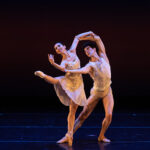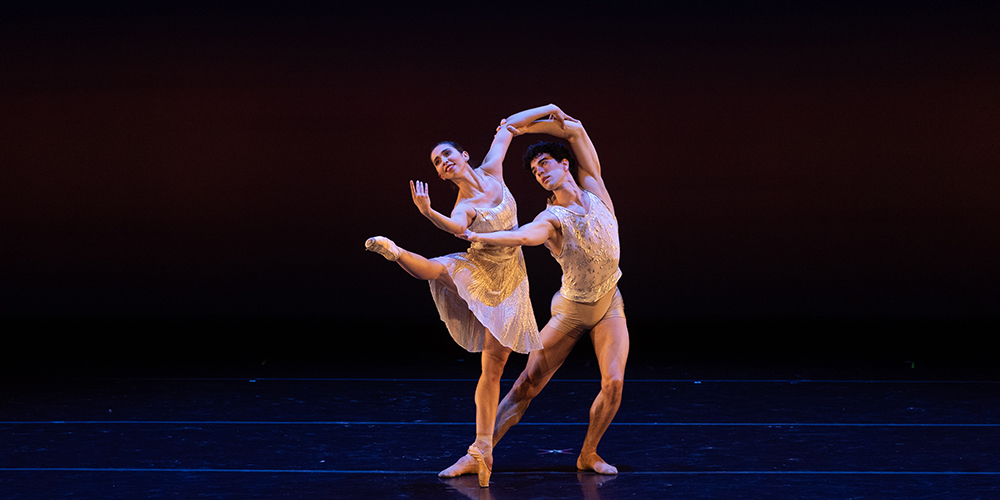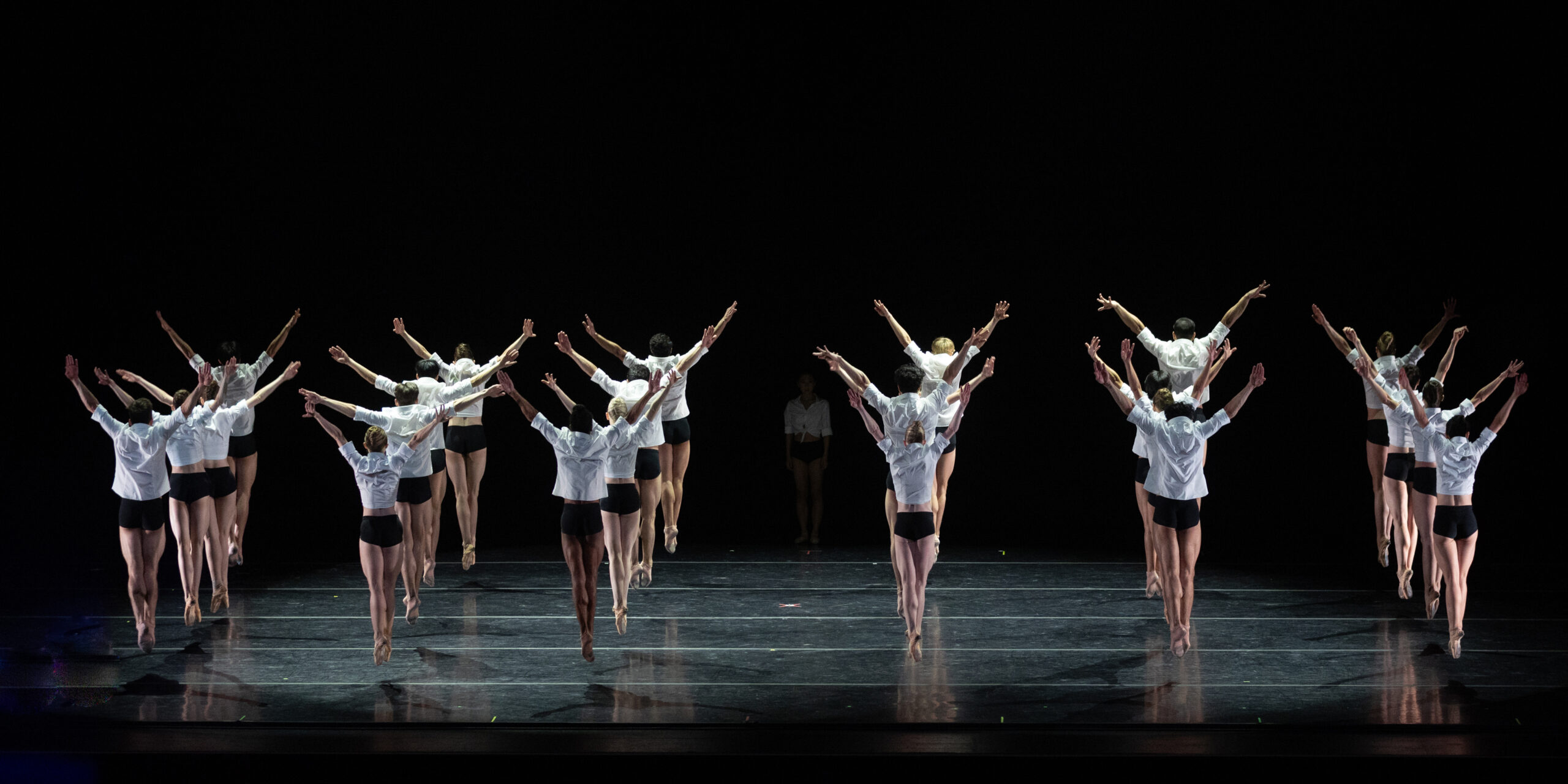25 July 2019
Ballet 101: Pas de Deux Breakdown
From Swan Lake and The Nutcracker, to Giselle and Don Quixote, the grand pas de deux represents some of the most iconic moments in ballet… how can anyone forget the famous balcony scene in Romeo & Juliet! But what is a pas de deux and why is it part of almost every single ballet? Check out below as we breakdown the most difficult and coveted part of a ballet.

First a little history:
The pas de deux, which translates to “step of two”, made its first appearance in the early 18th century, but looked very different to how we know it today. It was typically used as opening acts for operas and ballets, and would have a couple performing identical steps, occasionally with them holding hands. Over time, and throughout the Baroque period, partner dancing became more dramatic and emotive, using elements of pantomime. In the late 18th and early 19th century, the pas de deux evolved, becoming more romantic, involving closer contact between the dancers. Ballerinas also displayed more pointe work with the male dancer supporting them. It wasn’t until the late 19th century that the pas de deux become what we know today and that is largely due to the work of Marius Petipa, one of the great and most influential ballet masters of all time. It was during this time that the grand pas de deux became a solidified part of a ballet, showcasing the skills of the best dancers. Moving into the 20th century, the pas de deux still remains one of the most climatic parts of a ballet but it also became an integral part of the story line while featuring much more exciting and acrobatic lifts to amaze the audience.

The Breakdown:
In classical ballet, the grand pas de deux typically has five parts, the entrée, the adagio, two variations, and the coda.
The Entrée
Literally translated to “entrance,” the entrée serves as a quick prelude to the adagio. During the entrée, the dancers will appear on stage, most of the time involving great pageantry (think Black Swan in Swan Lake), acknowledge their partner, and position themselves to begin the adagio.
The Adagio
Adagio or adage, meaning “slowly,” is a longer dance and features graceful and sustained movements throughout with the male dancer supporting the female dancer. In most ballets, the pas de deux is romantic and involved close physical contact, with the female dancer doing a lot of pointe work and the male dancer making it look like she is floating across the stage!
The Variations
After the adagio, comes the variations where the two dancers separate and take turns performing a solo dance. Typically the male dancer will go first, allowing the female dancer to take a breather, and this variation includes a lot of jumps and turns to wow and amaze the audience. Next the female dancer will come on stage and this variation will often show off the dancers technique, in most cases starting off slower and ending in a round of chaines or pique turns.
The Coda
Literally translated to “tail,” the coda is the finishing dance in the grand pas de deux. It brings the two dancers back together and normally highlights similar themes and movements from the adagio as well as the variations. The coda however is much more grand, involving a lot of lifts, jumps, and pirouettes, this can also be heard in the musics Some popular moves you will see include “pirouettes à la seconde” for men and the infamous “fouettés” for women, as well as acrobatic lifts!
Now that you know everything about the grand pas de deux, don’t miss out on seeing it on the stage! Click here to check out Ballet Arizona’s 2019-2020 season.







